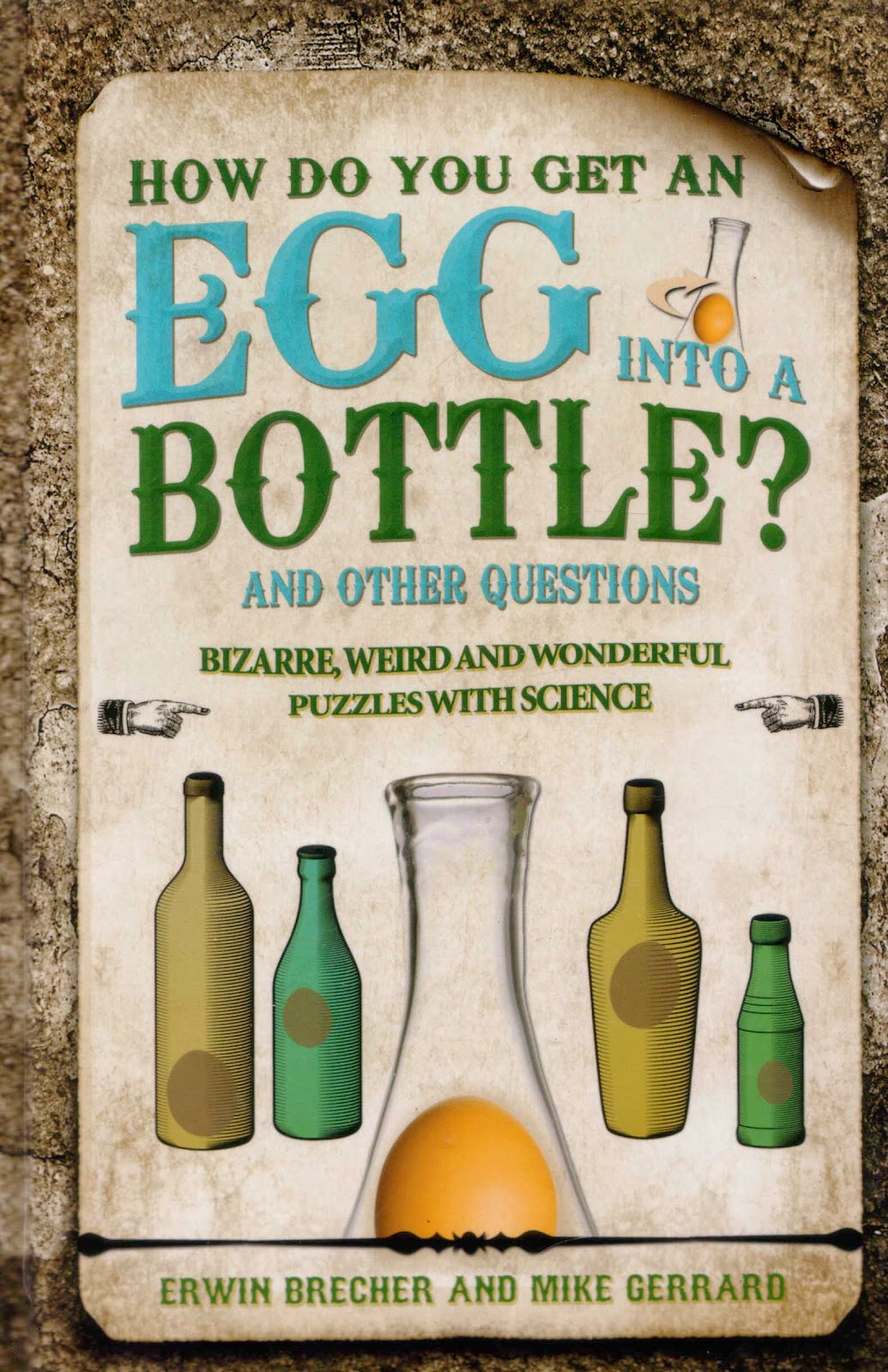Taste
Matters: Why We Like the Foods We Do by John Prescott. Hardcover
book published by Reaktion Books 2012, 208 pages with a few black and
white photographs.
“The
human tongue has somewhere up to 8,000 taste buds to inform us when
some thing is sweet, salty, sour or bitter — or, as we usually
think of it, delicious or revolting. Tastes differ from one region to
the next, and no two people’s seem to be the same. But what is it
that makes certain people love Roquefort cheese and others think it
smells disgusting? How do our experiences of food as infants and even
in the womb affect our food preferences? Are cravings for particular
foods really a sign that we’re lacking the nutrients that can be
found in them? And why, even when we are completely full, do we
always have room for dessert? In Taste Matters John Prescott tackles
these conundrums and more as he explores why we like the foods we
do.”
Over the
last festive week, all of my (up to) 8,000 taste buds have been
extremely busy enjoying the holiday season, which is why i've chosen
to write about this book at this point in time. Fortunately there
was no sausage or cheese on sticks at any of the four celebratory
dinners that I attended and indeed, I don't think I saw any tinned
pineapple plattered out anywhere. There was though, a similarity
between all of the meals of which I partook. All four had turkey,
ham, roast vegetables and salads, followed by overly sweet desserts
including trifle on 3 occasions. (For some unknown reason I didn't
see any fruit mince pies on offer this year... very strange.)
The
reason I've written about all of this is that this similarity in food
between four unconnected meals (completely different groups of
people) is obviously due to not only culturally and geographically
significant festive eating rituals, but also a matter of taste. I
didn't hear anyone complaining about any of the foods on offer, so I
think I can safely say that everyone found the plenteous spreads to
be tasty... or maybe everyone was too polite. This generalisation of
taste appreciation covering all four meals is based on the joy felt
by my own 8,000 taste buds on all four occassions.
So why
did we all like it? I guess the answer is in this book.





.jpg)

.jpg)
.jpg)
.jpg)
































